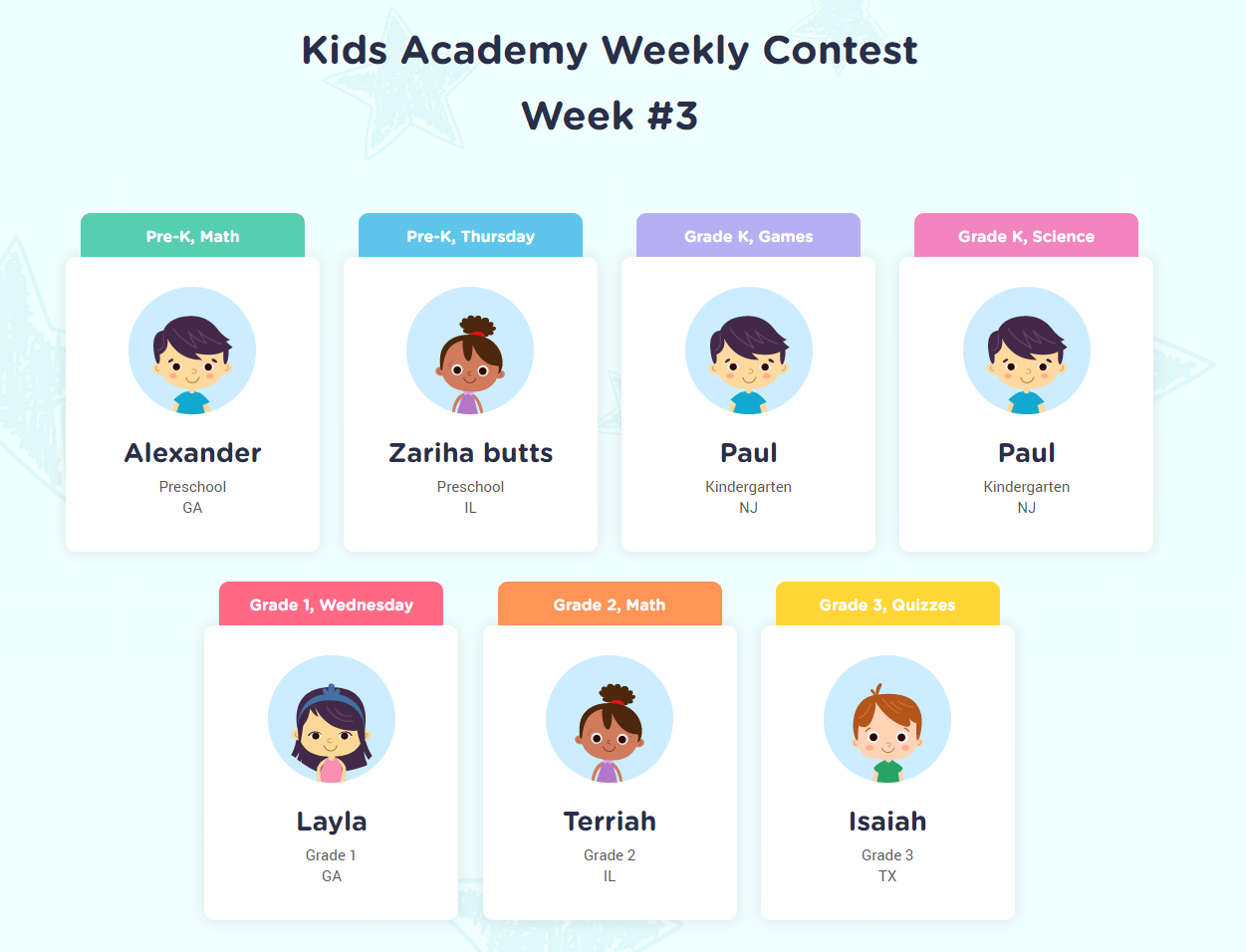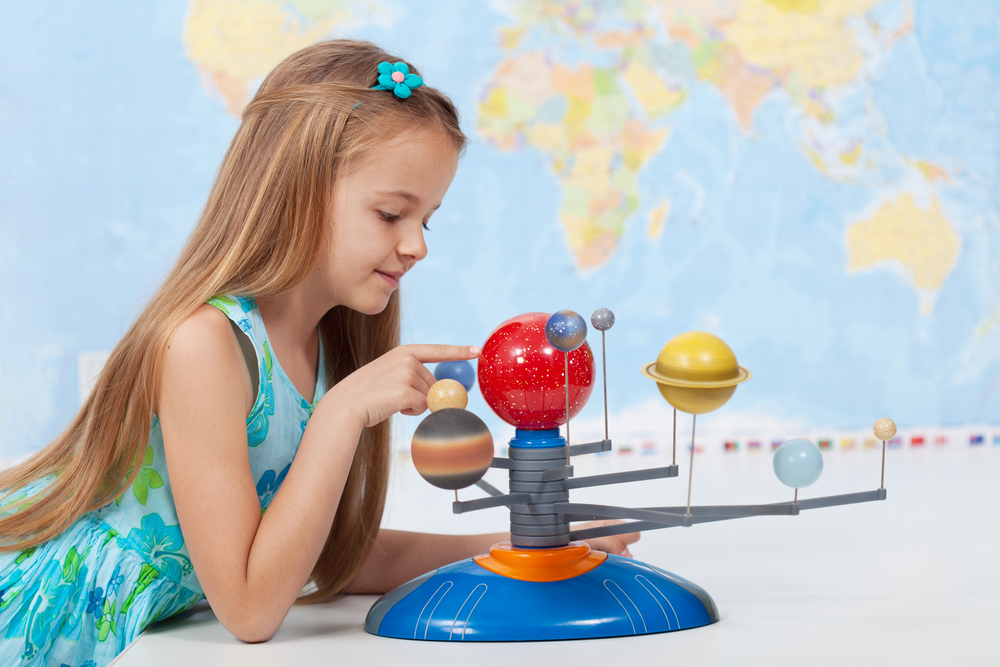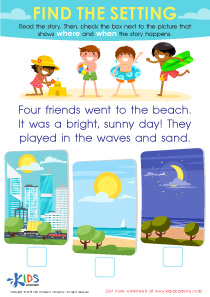Visual discrimination Easy Worksheets for Ages 6-7
5 filtered results
-
From - To
Discover our engaging Visual Discrimination Easy Worksheets designed specifically for children aged 6-7. These worksheets help young learners develop essential visual skills critical for academic success. Through fun activities and colorful illustrations, kids will enhance their ability to recognize patterns, identify differences, and observe details. Perfect for classroom use or at-home learning, our worksheets provide diverse exercises that entertain and educate. With a focus on building confidence and cognitive skills, parents and teachers can easily incorporate these resources into daily lessons. Boost your child's learning journey and support their visual recognition skills with our thoughtfully crafted worksheets!
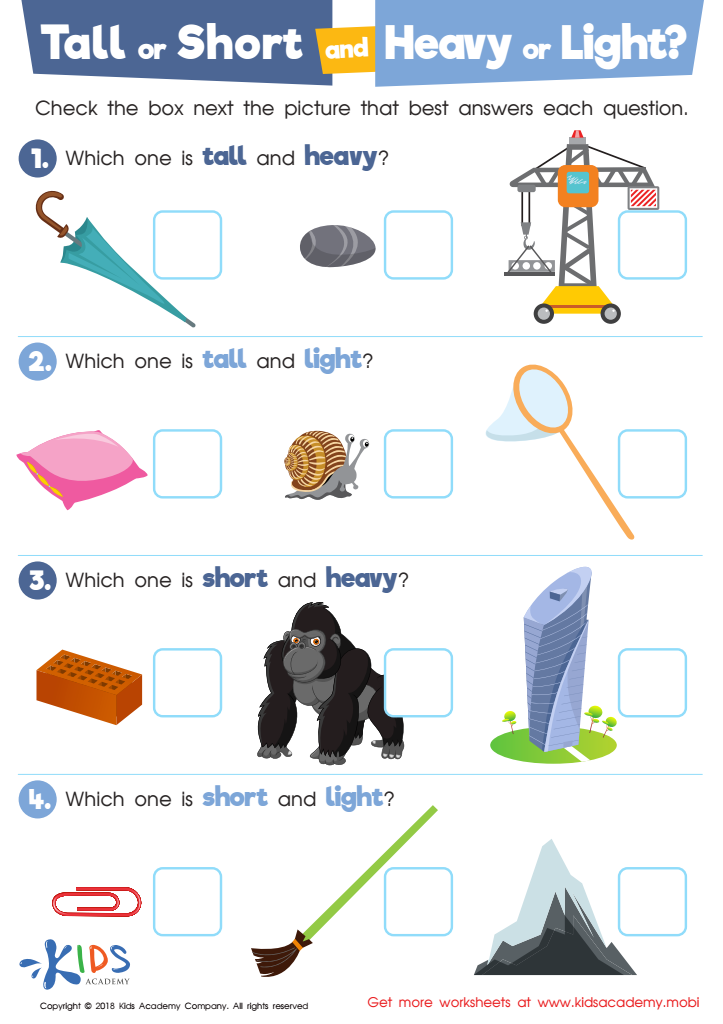

Tall or Short and Heavy or Light? Worksheet
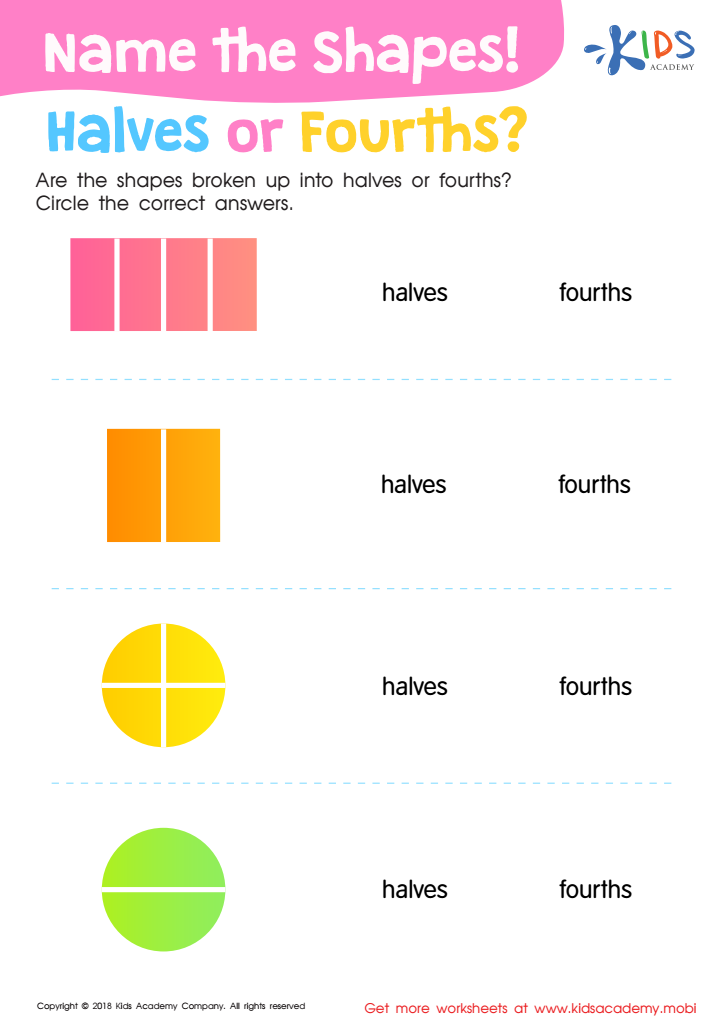

Name the Shapes Halves or Fourths? Worksheet
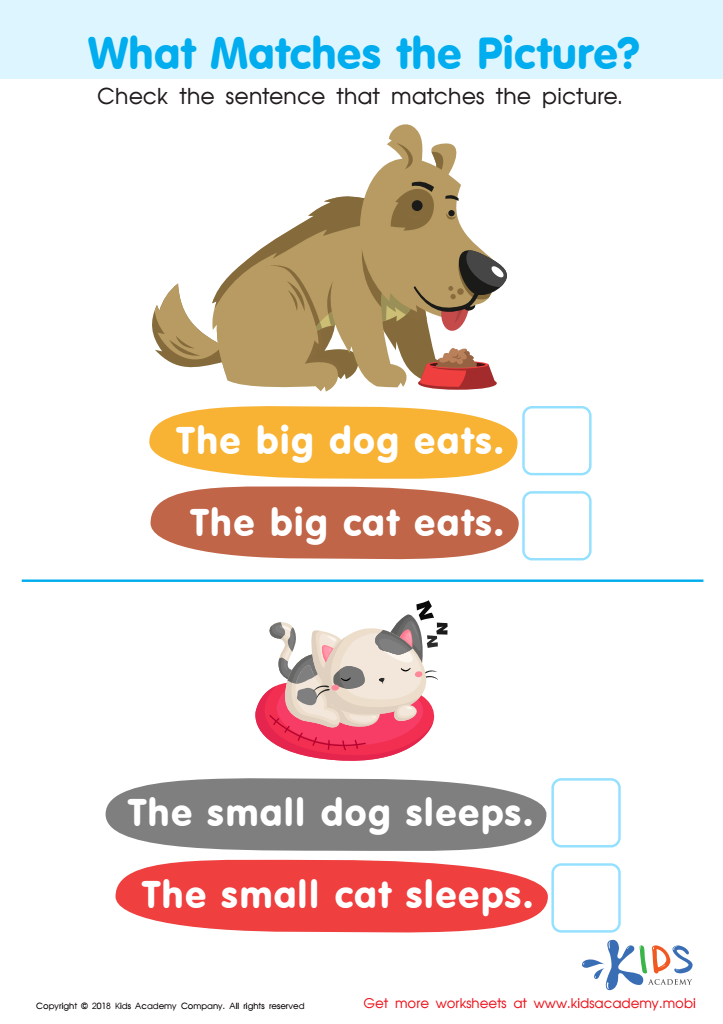

What Matches the Picture? Worksheet
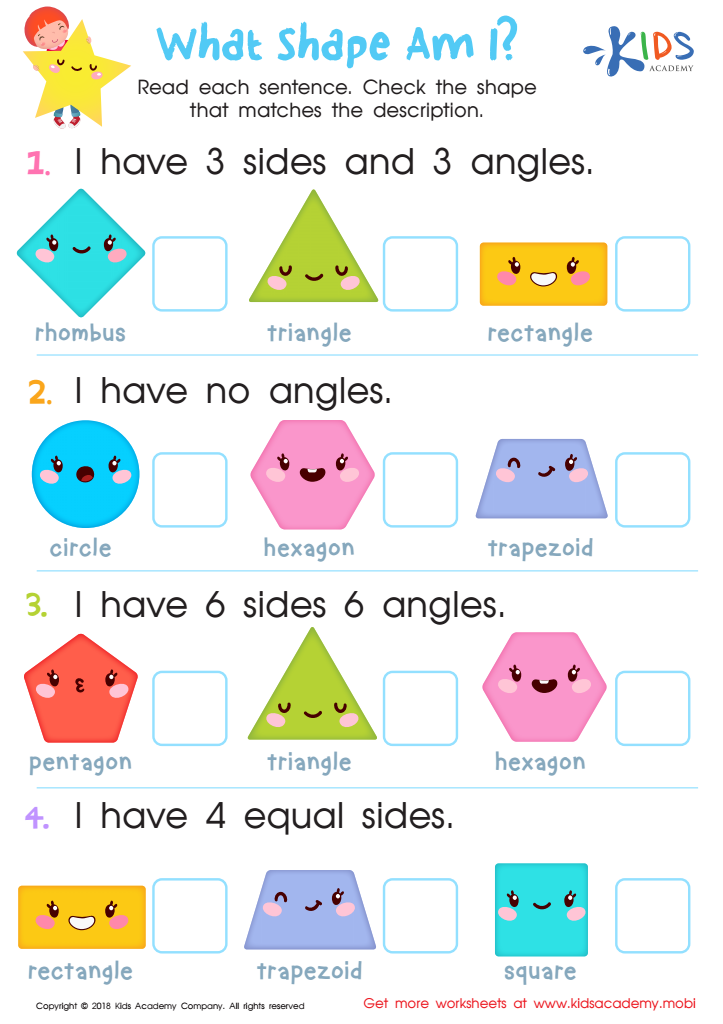

What Shape Am I? Worksheet
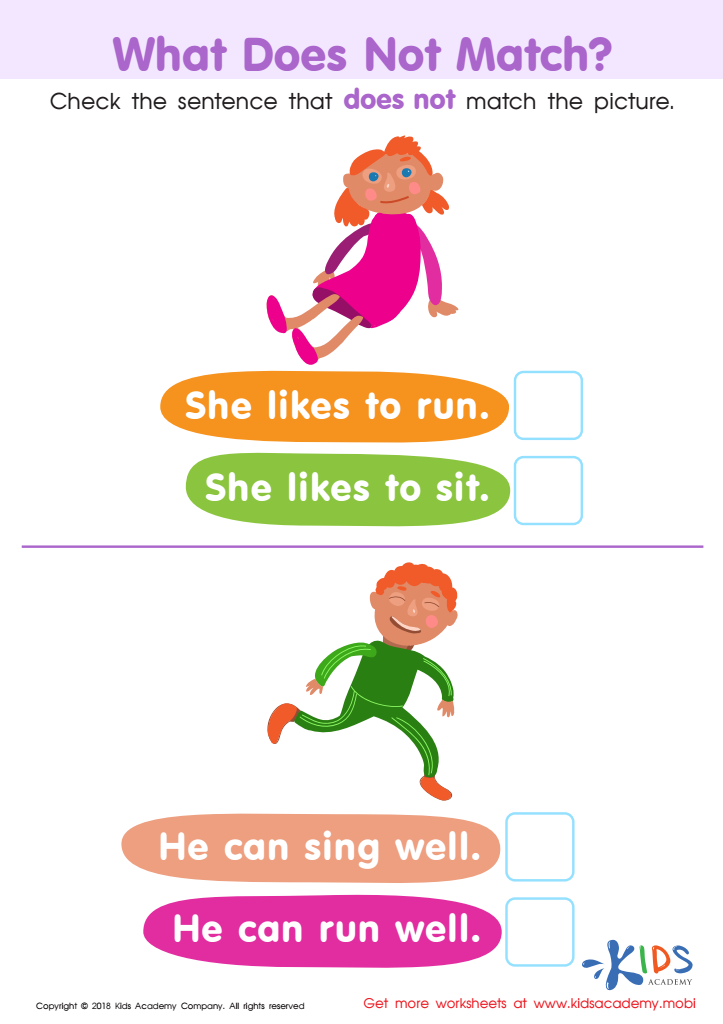

What Does Not Match? Worksheet
Visual discrimination is an essential skill for early learners, especially for children aged 6-7. It refers to the ability to notice differences and similarities in shapes, patterns, colors, and sizes. This skill is crucial for various learning areas and everyday activities.
First, visual discrimination helps children with reading and writing. By identifying letters that look similar, like ‘b’ and ‘d,’ they can improve their spelling and reading fluency. It also aids in understanding math concepts, such as recognizing shapes and patterns, leading to better problem-solving skills.
Furthermore, visual discrimination is vital for improving focus and attention. When children learn to observe details, they become more aware of their surroundings, which supports better listening skills and enhances their overall learning experience.
Games and activities that encourage visual discrimination, like puzzles, matching games, or spotting differences in pictures, can be fun and engaging ways for parents and teachers to reinforce this skill. By nurturing visual discrimination, adults can help prepare these young learners for academic success, boost their confidence, and promote their critical thinking abilities in a playful and enjoyable manner. This foundational skill supports not just academic growth, but also everyday interactions and experiences for children.
 Assign to My Students
Assign to My Students







